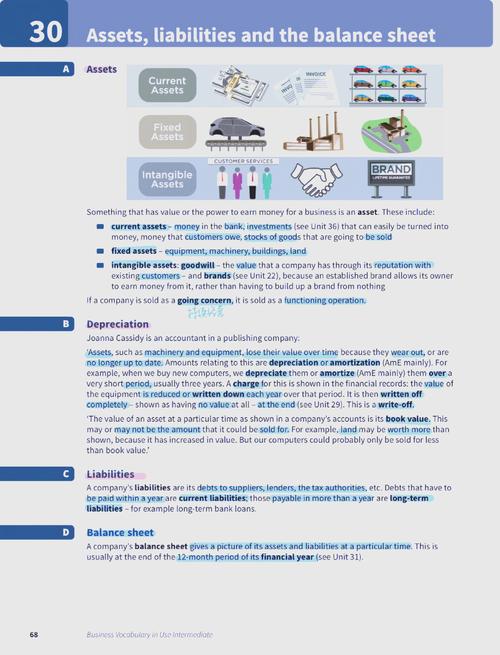
foyle book winning the money game chapter summary
Embarking on a journey through the pages of “Winning the Money Game” by Foyle, you are about to delve into a comprehensive guide that promises to transform your financial understanding and strategies. This chapter summary aims to provide you with a detailed, multi-dimensional introduction to the insights and strategies outlined in the book.
Understanding the Financial Landscape
Before diving into the strategies, it’s crucial to have a clear understanding of the financial landscape. Foyle begins by explaining the key components that shape the financial world, including economic indicators, market trends, and the role of financial institutions. This foundational knowledge is essential for making informed decisions.

| Economic Indicators | Market Trends | Financial Institutions |
|---|---|---|
| Unemployment rate, inflation, GDP growth | Stock market performance, real estate trends, currency fluctuations | Banks, investment firms, insurance companies |
The Psychology of Money
Understanding the psychology behind financial decisions is equally important. Foyle explores the emotional and psychological factors that influence our money choices. By recognizing these patterns, readers can learn to make more rational and informed decisions.
Strategies for Success
Now that you have a grasp of the financial landscape and the psychological aspects, it’s time to explore the strategies for success. Foyle outlines several key strategies, including diversification, risk management, and long-term planning. Let’s take a closer look at each.
Diversification
Diversification is a fundamental principle in investing. Foyle emphasizes the importance of spreading your investments across various asset classes to reduce risk. This includes stocks, bonds, real estate, and other investment vehicles. By diversifying, you can protect your portfolio from the volatility of any single asset.
Risk Management
Risk management is crucial for long-term success. Foyle provides insights on how to assess and manage risk, including setting realistic investment goals, understanding your risk tolerance, and using stop-loss orders to protect your investments.
Long-Term Planning
Long-term planning is essential for achieving financial stability and wealth. Foyle encourages readers to develop a comprehensive financial plan that includes saving, investing, and estate planning. By focusing on the long term, you can build a solid financial foundation for the future.
Real-World Examples
One of the strengths of “Winning the Money Game” is its practical approach. Foyle provides real-world examples and case studies to illustrate the strategies in action. These examples help readers understand how to apply the principles in their own financial lives.
Conclusion
“Winning the Money Game” by Foyle offers a comprehensive guide to navigating the financial world. By understanding the financial landscape, the psychology of money, and implementing effective strategies, readers can take control of their financial future. This chapter summary has provided a detailed overview of the key concepts and strategies outlined in the book, equipping you with the knowledge to make informed decisions and achieve financial success.





